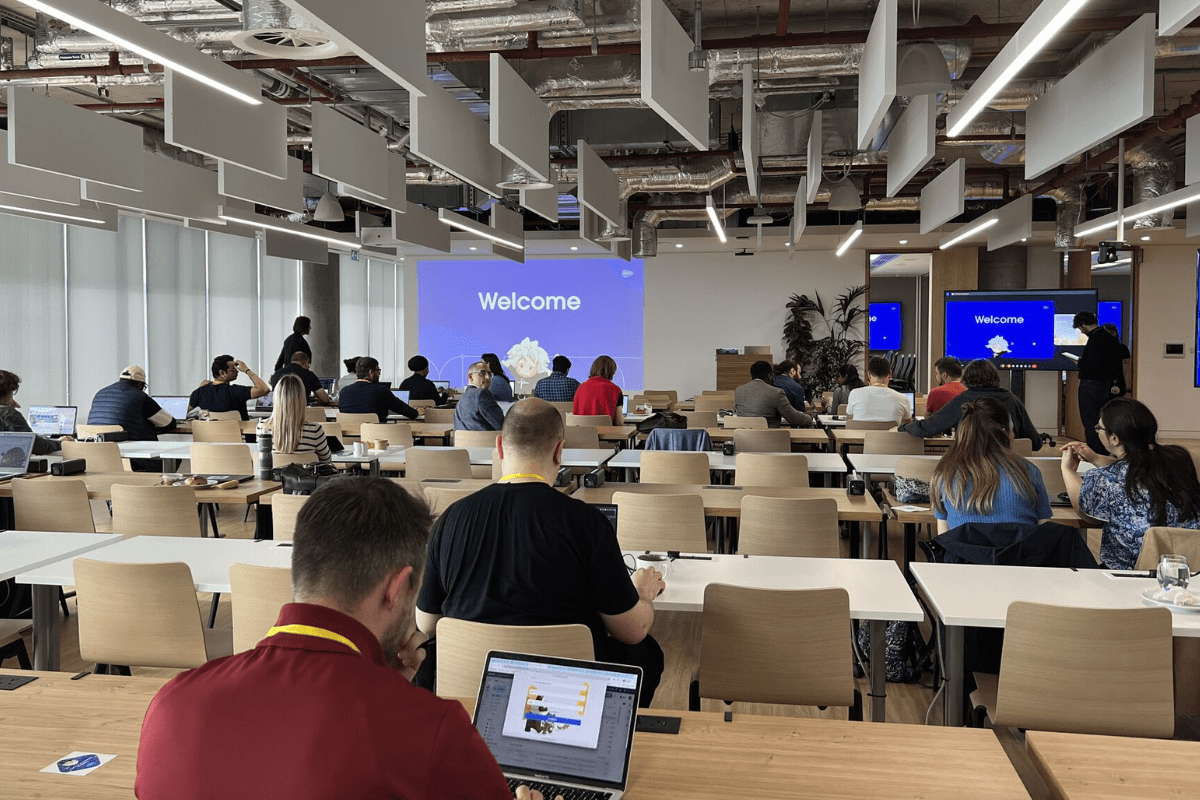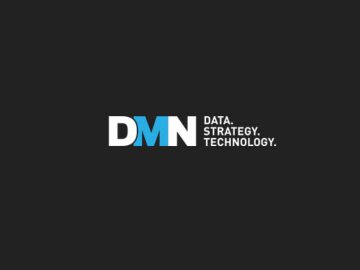Today [18 June 2024], ecommerce giant Salesforce opened its doors to the UK’s first AI centre, a new collaborative space at the Blue Fin building in London.
This 40,000-square-foot facility features eight collaboration rooms and can accommodate 300 people, bringing together industry experts, developers and customers to foster innovation and develop new skills.
Commenting on the launch, Salesforce UK CEO Zahra Bahrololoumi recently said: “By locating Salesforce’s first AI Center in London, we are sending a clear message to customers and partners on AI: we are deeply committed to working closely together so that you can reap the rewards of this transformative technology while ensuring it is a force for good.
“AI has the potential to drive major growth for UK businesses – with the UK AI market predicted to reach over $1 trillion by 2035. To realise this opportunity, industry-leading experts must work together to develop innovative solutions and overcome obstacles.”
Subscribe to Mobile Marketing Magazine
Click here to get the latest marketing news free in your inbox every Thursday
Meanwhile, according to Salesforce SVP Solution Engineering and Chief Technology Officer, Paul O’Sullivan the new centre is “a testament to our mission of customer success, trust, innovation, equality, and sustainability, and it’s poised to significantly impact the industry and the broader economy,” he tells Mobile Marketing Magazine.
“The hub is going to unlock this for the UK economy and drive more partnerships, more opportunities and strengthen our commitment to digital re-skilling.
“This centre is a testament to our mission of customer success, trust, innovation, equality, and sustainability, and it’s poised to significantly impact the industry and the broader economy.”
Preparing for the AI revolution
Like the new AI centre, Salesforce is not only developing AI tools for its own organisations but also for its customers.


A prime example is the integration of new facilities in Slack, Salesforce’s team collaboration tool. Early access to features like AI-generated recaps and task management via Slack Lists has “revolutionised internal workflows”, O’Sullivan claims.
These tools, guided by Salesforce’s visions and measures framework, demonstrate the technology giant’s commitment to leveraging its own products to enhance efficiency and productivity.
According to the SVP of Solution Engineering, the company is also dedicated to preparing the industry and its partners for the AI revolution. Initiatives like training 100,000 developers and admins as part of its digital re-skilling commitment highlight the company’s proactive approach to future-proofing the workforce, O’Sullivan states.
“On a personal note, I’ve witnessed the evolution from dot-com to AI. The increasing social acceptance of AI, evident in everyday tools like Google Assistant and Siri, is crucial, he explains.
“The potential of AI, especially when combined with robotics, is vast. For instance, AI’s predicted IQ could revolutionise sectors like agriculture and transportation, fostering a sustainable future,” he continued.
Safe, secure and flexible apps
“As a technologist, I emphasise the importance of safe and secure AI applications,” he explains. However, he admits that based on his experience, he found that customers are unsure where to start with AI.
This comes as Salesforce’s ecosystem includes strategic partnerships with industry leaders such as AWS, Databricks, Snowflake and WhatsApp. According to O’Sullivan, these partnerships boost Salesforce’s strategy of combining strengths to drive mutual success.
“By meeting customers where they are and addressing their specific needs, Salesforce and its partners create a powerful synergy that propels innovation forward,” he claims. “My advice is to collaborate and solve problems together. We must help our customers implement AI safely and effectively to harness its full potential.”
“By embracing continuous innovation, fostering strategic partnership and committing to safe and flexible AI applications, Salesforce is not just keeping pace with the AI revolution—it’s leading it,” O’Sullivan concludes.





